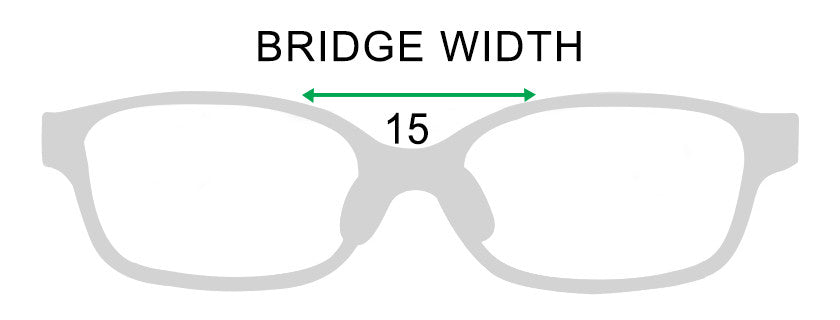

Softer materials will flex instead of fragment when Scratching: The reason for polycarbonate lenses' impact resistance.Industrial safety goggles, and children's eyewear. It impact resistance makes the material extremely suitable for sports, Impact Resistant: Polycarbonate material was originally madeįor uses on canopies covering fighter planes and then made its way into space onĪstronaut visors and space shuttle windshields.Industry standard for safety goggles, and highly recommended for kids' lenses. Lenses are the most impact resistant lenses on the market.
Pupil distance for glasses Pc#
PC lenses 20% thinner and 25% lighter than regular plastic lenses. Polycarbonate lenses has a high index of refraction 1.59 and low density making That pair of sunglasses you’ve been eyeing for so long.
Pupil distance for glasses how to#
How To measure pupillary distance(PD)by yourself.(Click Here)ĬR-39 began the change of optical lenses from glass to plastic materials. Take a few measurements for consistency.ĭo not ever try to guess your PD value, or try to measure anything on your current glasses, since there is no way to measure your PD from them. Make sure you are not looking at the person, but focusing straight ahead off in the distance, and keep your eyes steady. Have a friend or family member measure it by holding a ruler just below your eyes and measure the distance in mm from center to center. This does not change over time (except for children, of course).While an optometrist's PD value is always recommended, you can get this measurement yourself. The smaller value is used only for ordering reading glasses.If your most recent eye exam did not include the PD value, but a previous one did, you can use the previous value. The larger value is the distance PD, which is what you will normally need for our site. Sometimes you may receive two PD numbers that are off by a value of 3mm (such as 62/59). Add them together to get the single PD value (31 32=63). If you received two values (such as 31/32), they will be the distances from the center of the nose to each eye.


Most people have a PD between 54mm and 74mm.Select your PD value from the drop down to show only frames that will work for you.Your optometrist should have given you your PD value as part of your prescription. The PD or Pupillary Distance is the distance between the pupils of the eyes, center to center, in millimeters. If you do not have the PD, you can measure it as shown below:


 0 kommentar(er)
0 kommentar(er)
